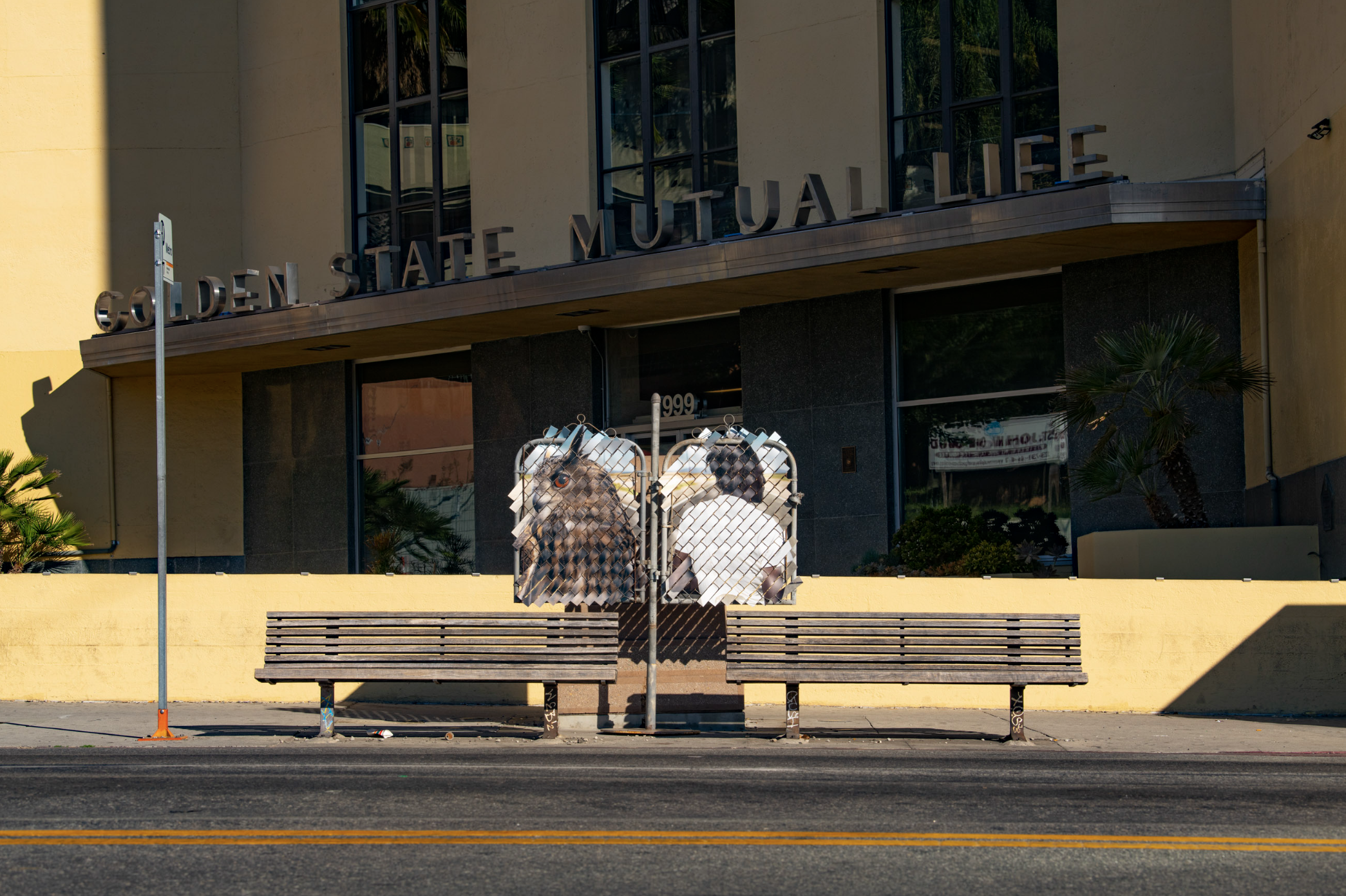
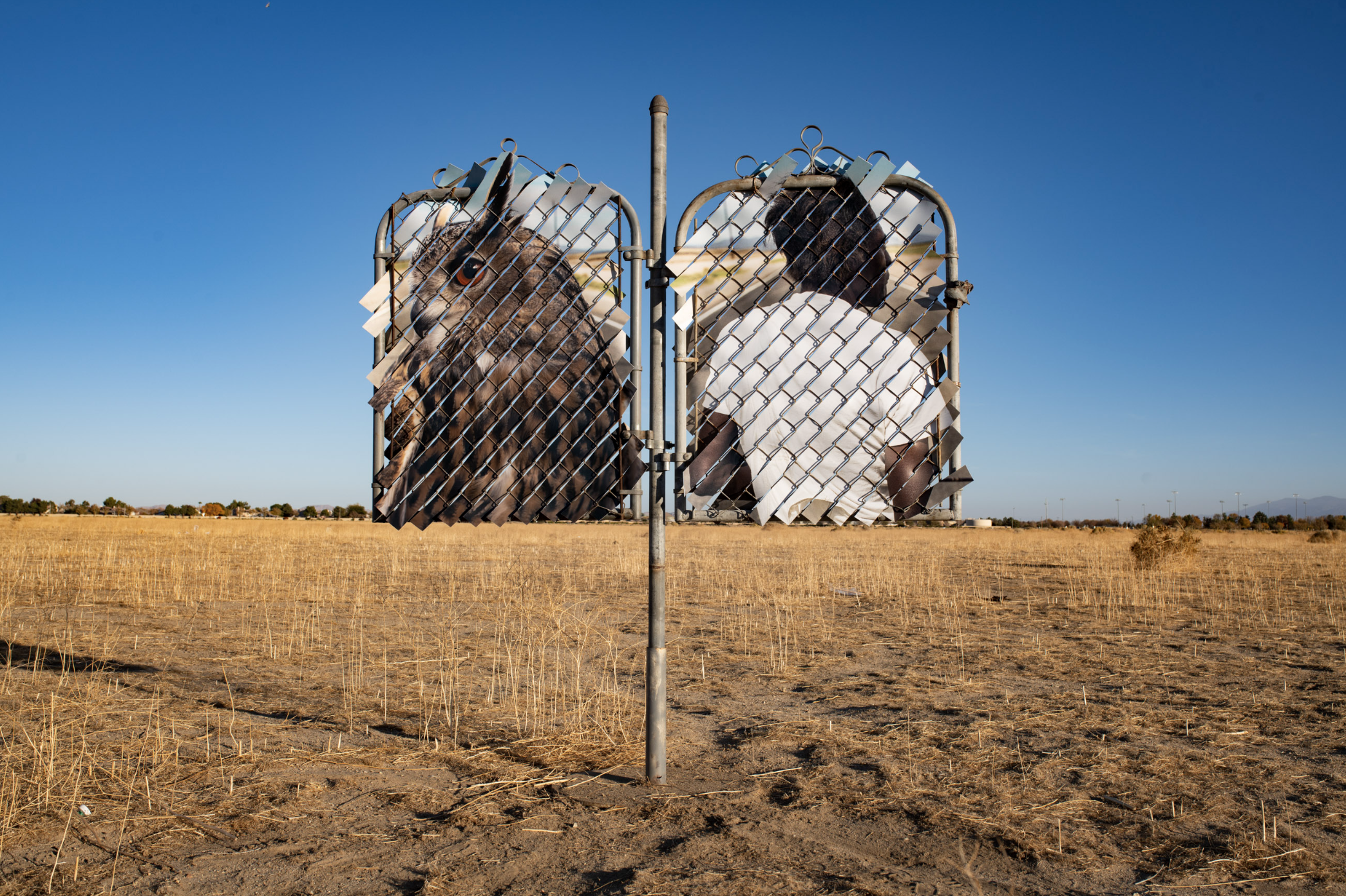
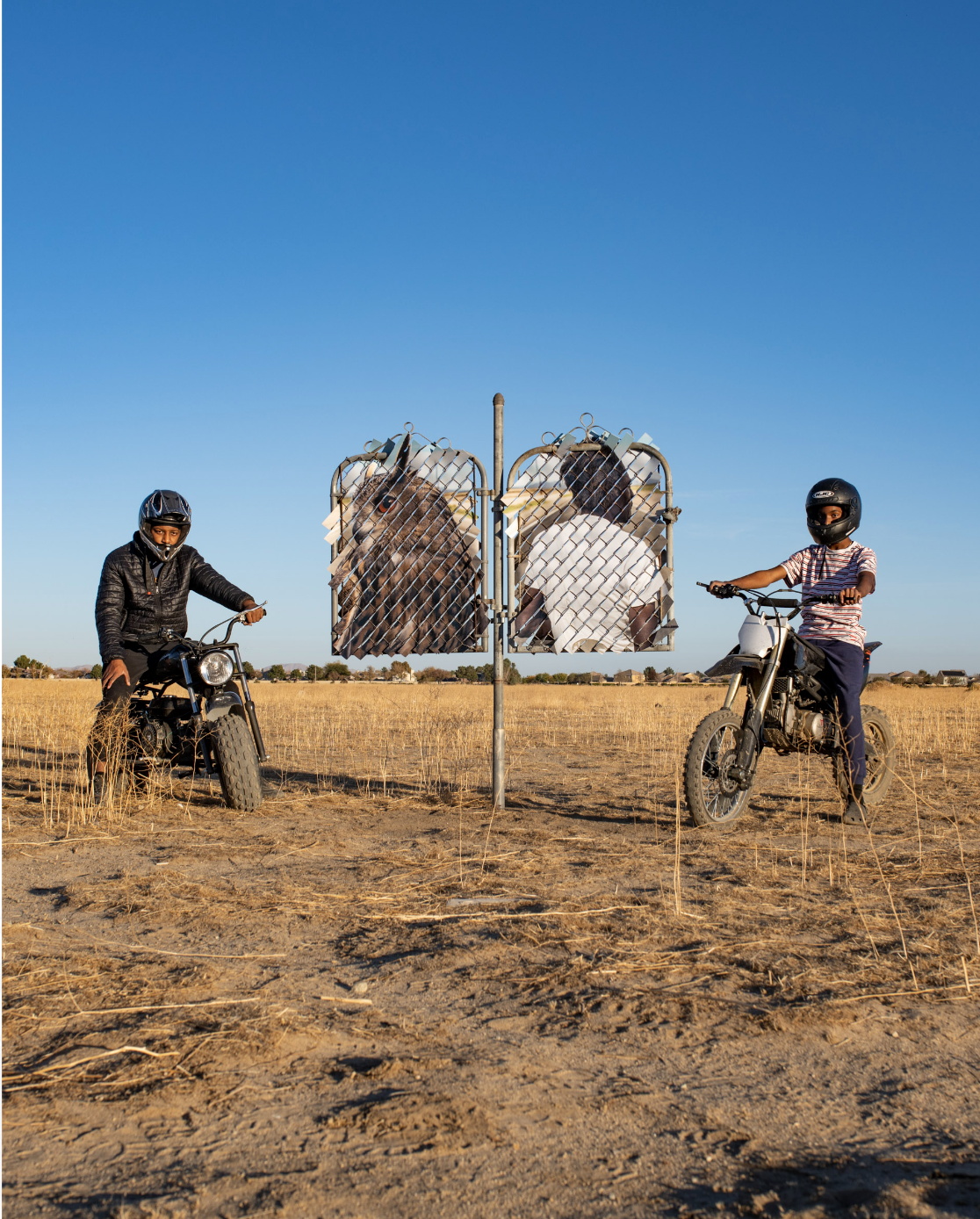
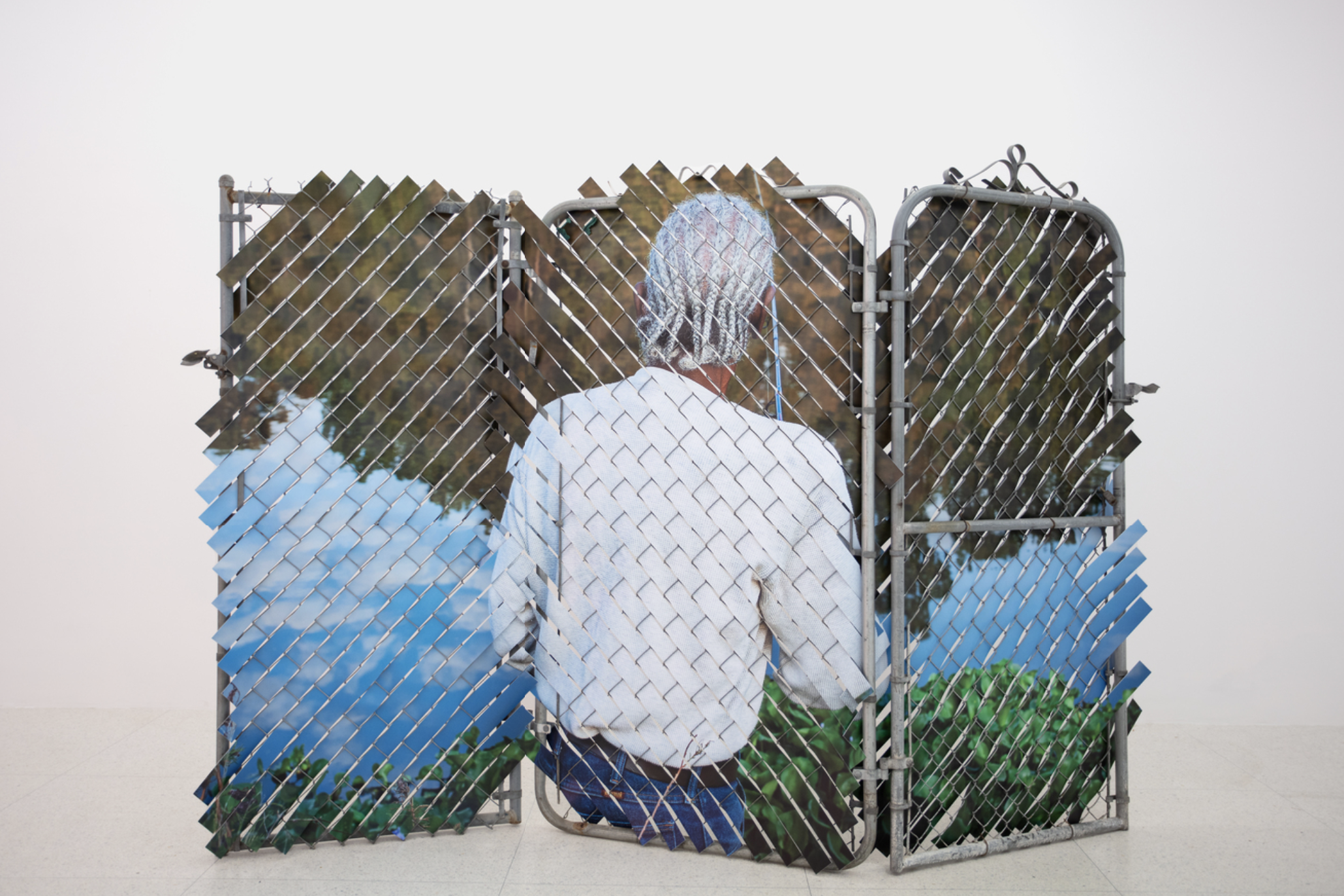

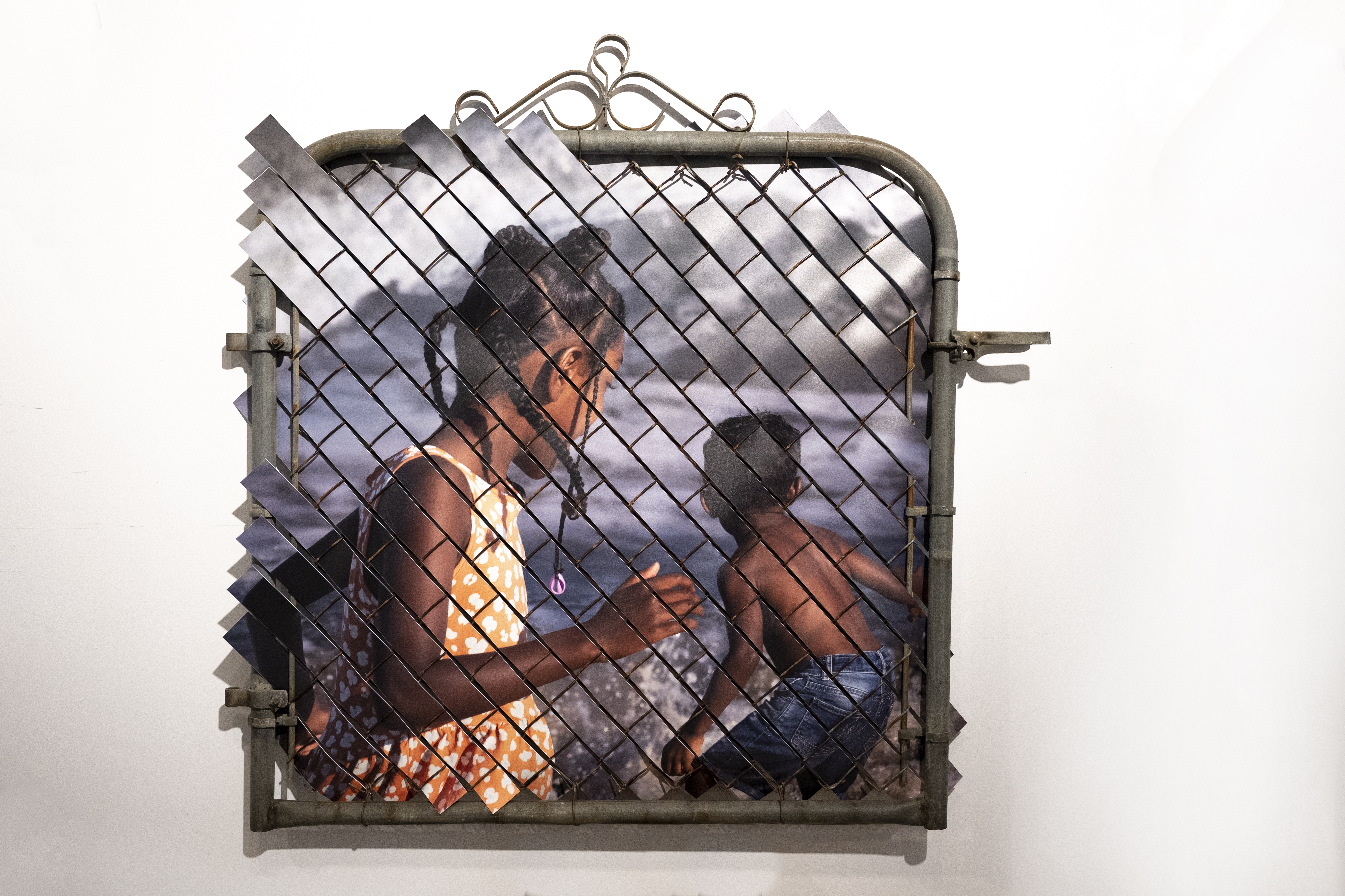
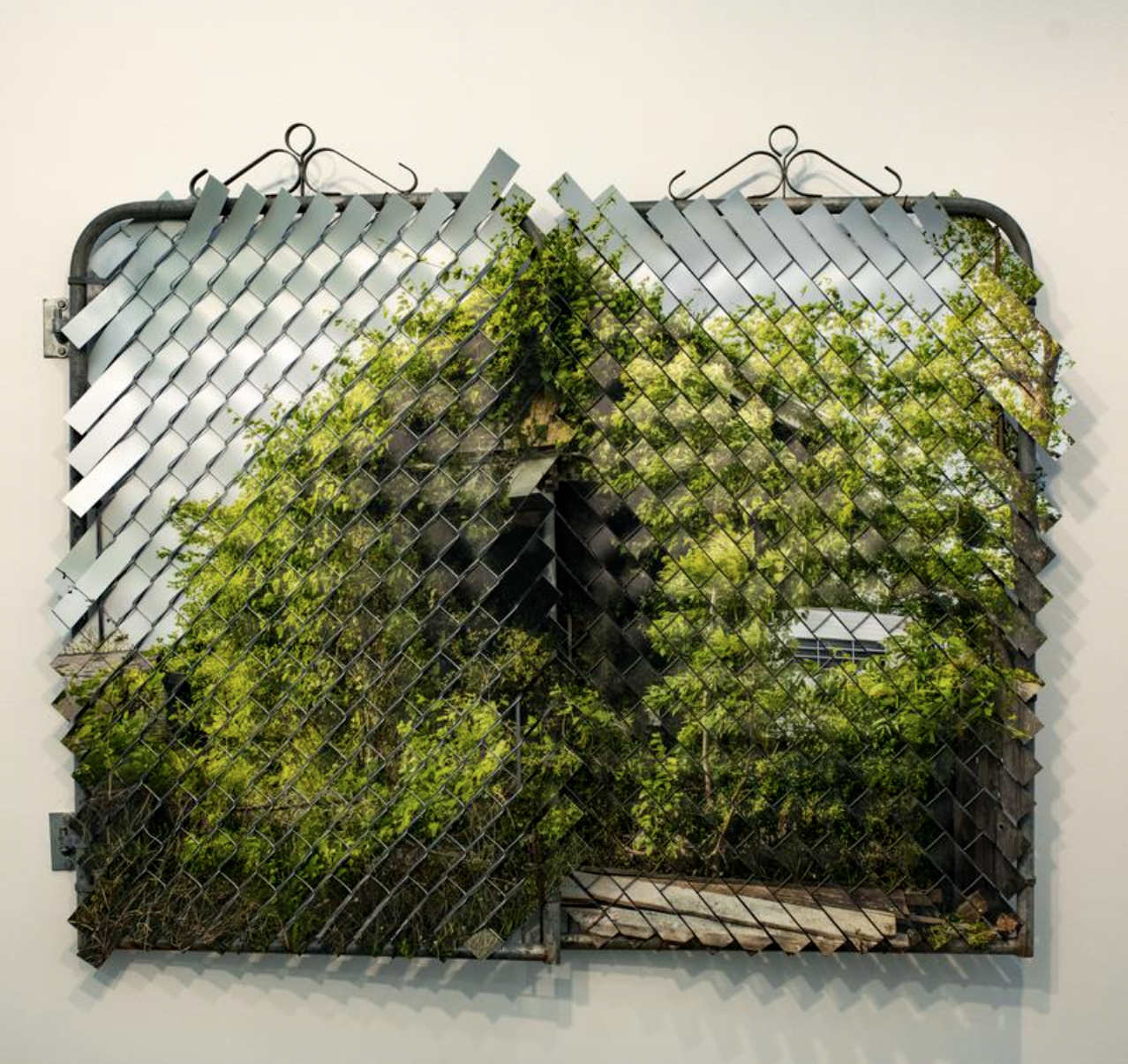
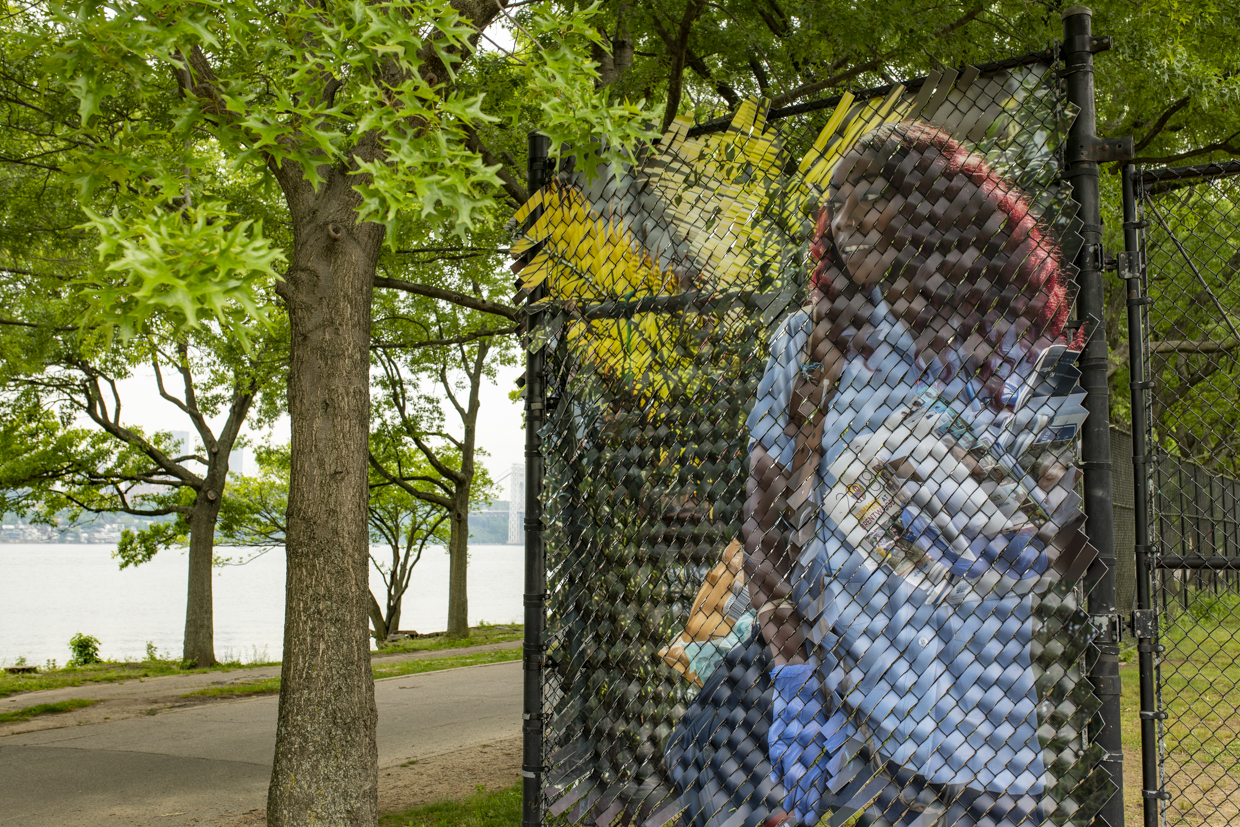

The “Broken Record” series seeks to understand the fabric of a neighborhood by examining the objects it casts off. This archive of ephemera, wich Wilson began curating in 2013, offers viewers a window into the language, movements, rhythms, habits, and rituals of a neighborhood in flux.
By removing ephemeral items from their environment and recontextualizing them, he hopes to excavate and isolate the alternative narratives, mappings, and wisdom located within such objects– affording them one last chance at utility before their eventual disintegration.










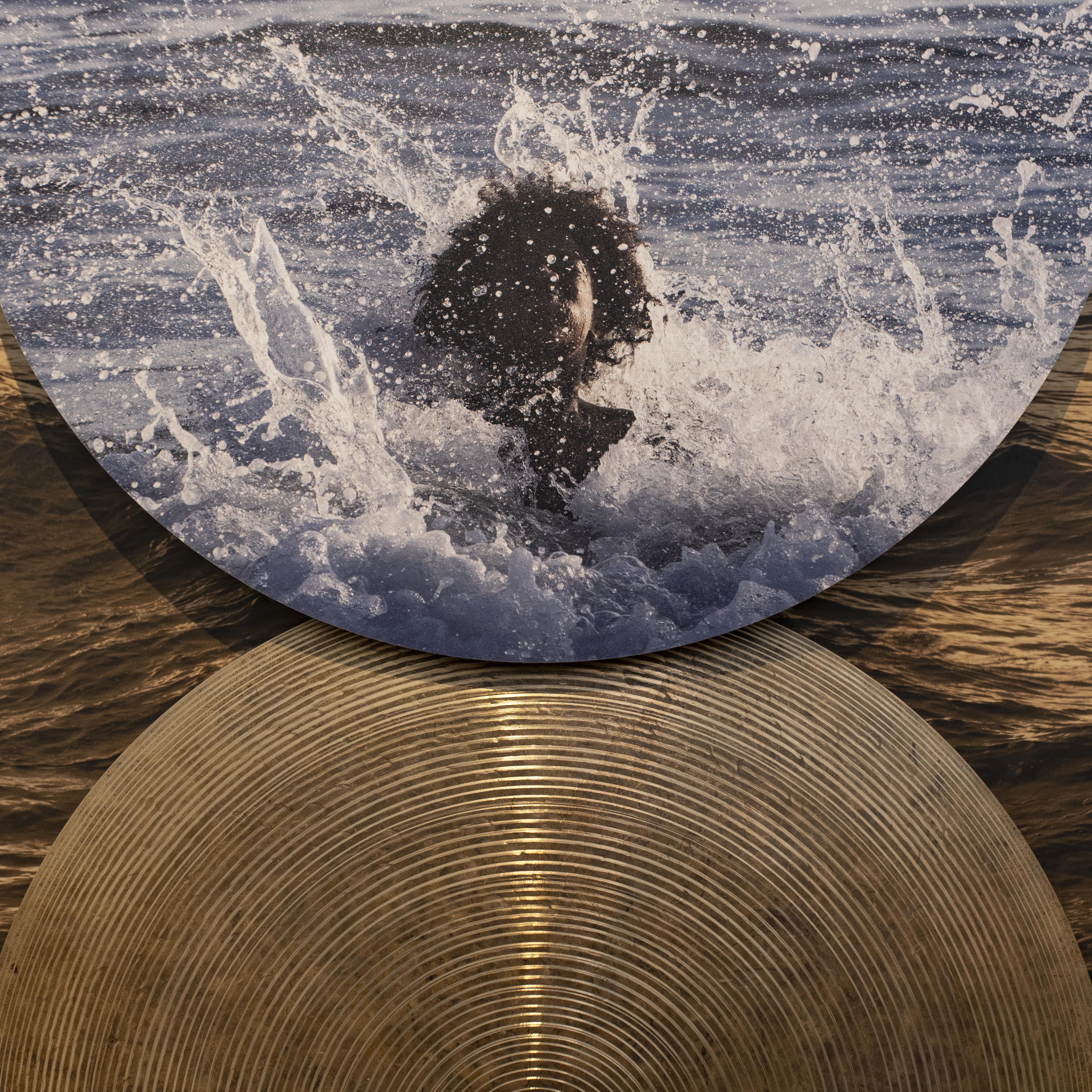



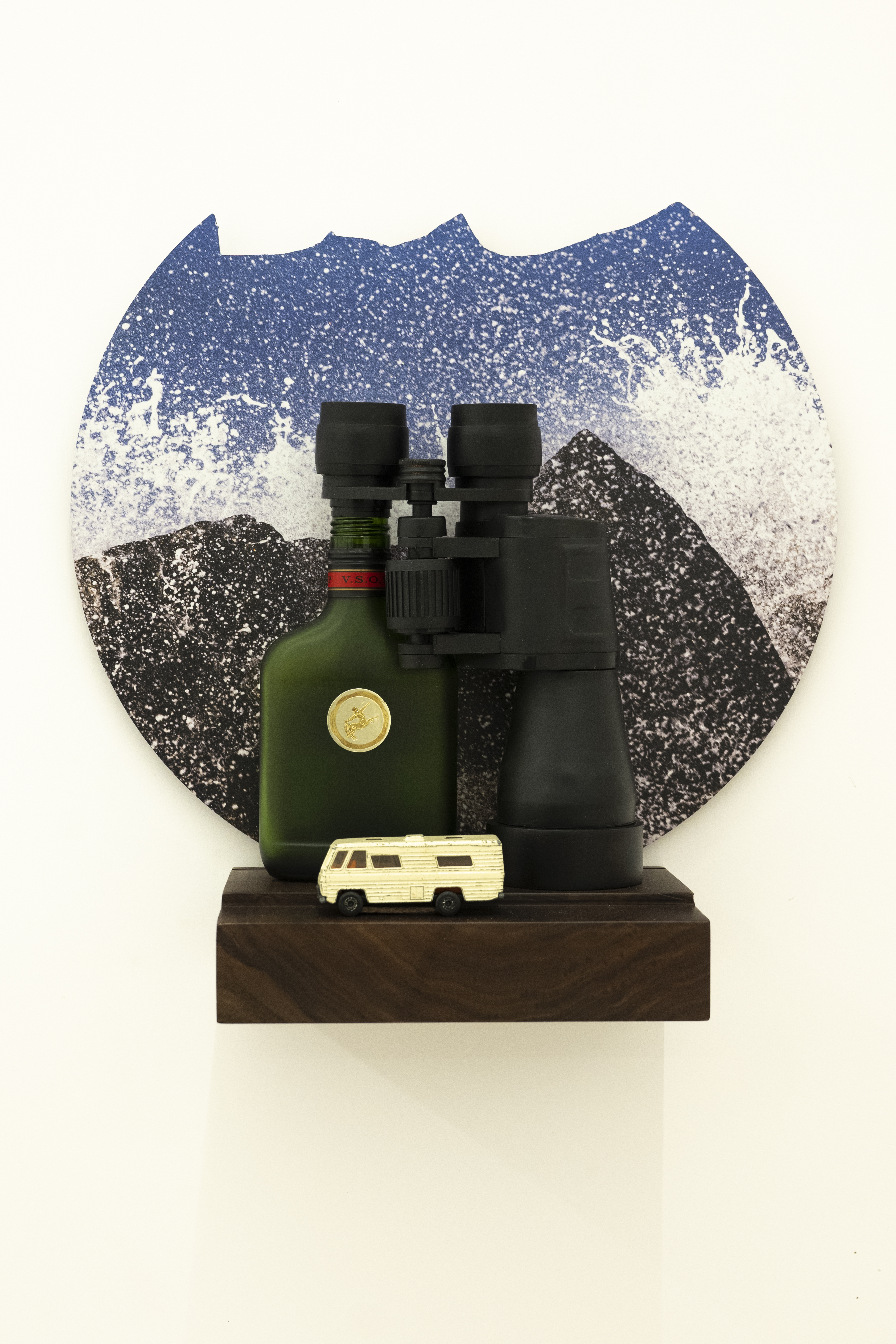


Ebony Beach Club Commons represents a collaborative world-building project between April Banks and Glen Wilson, in which the artists imagine alternative histories and possible futures for the Ebony Beach Club. April and Glen’s creative practices resonate at multiple intersections which span photography, sculpture, public art, physical and virtual environments, short-form and experimental filmmaking, community, and collective memory. Together, they are interested in [re]constructing missing spaces, artifacts, and memories, in order to recover untold stories and resume interrupted dreams.

In the 1950s, Los Angeles entrepreneur Silas White purchased a piece of property at the intersection of Pico and Ocean Avenue blocks away from Inkwell Beach, one of the few beaches Black Angelenos were permitted to frequent at the time. White envisioned a place where Black people could relax, recreate, and be restored by the ocean free from the violence and surveillance that typically characterized trips to the beach elsewhere in segregated Southern California. However, shortly after construction began, the city of Santa Monica seized the land using eminent domain. Thus, the Ebony Beach Club was never completed.